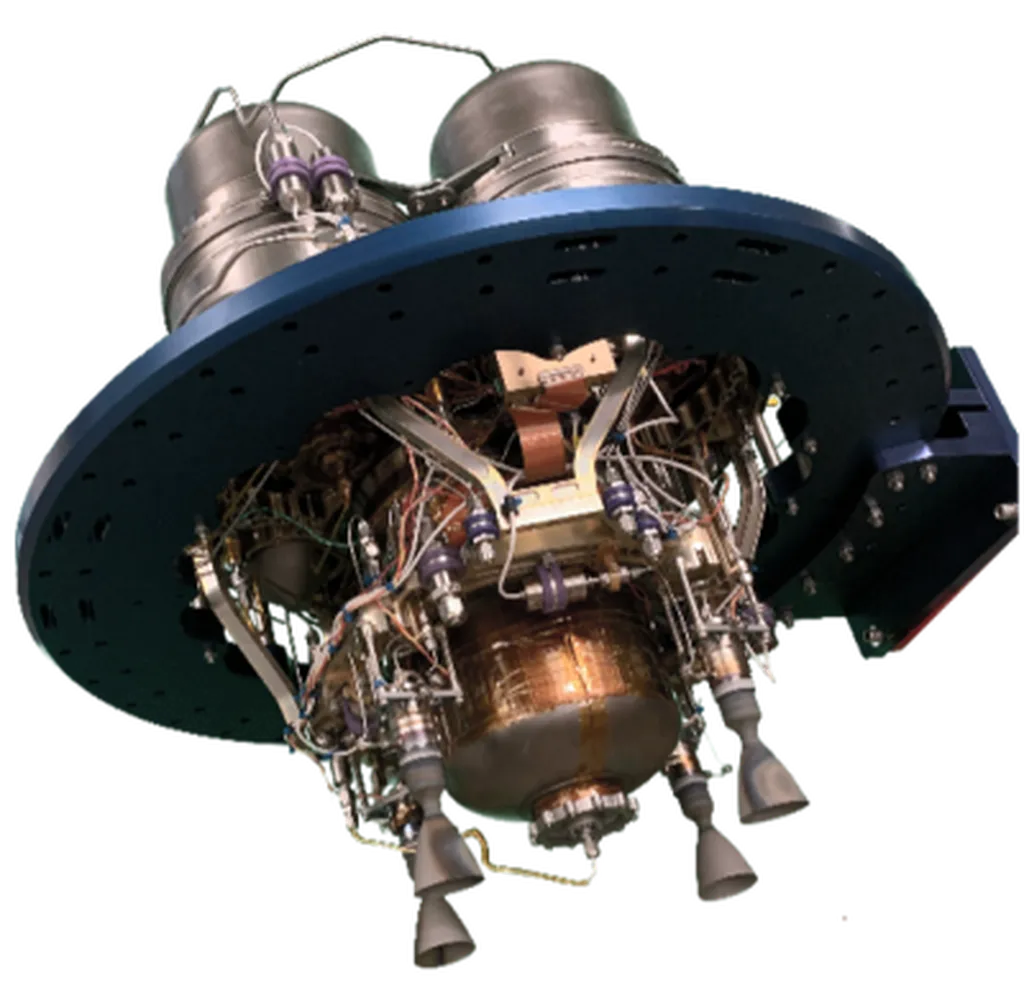In the pursuit of optimizing grid-connected solar power systems, researchers have turned to a novel hybrid optimization method that combines evolutionary algorithms with direct search approaches. A recent study led by Amit Verma from the Madan Mohan Malaviya University of Technology has demonstrated significant improvements in the dynamic performance of these systems, particularly in maintaining a stable DC-link voltage under varying irradiance conditions.
The study, published in the journal “Engineering Technologies and Systems,” focuses on the critical role of proportional-integral (PI) controllers in managing the DC link voltage and inverter current in grid-connected photovoltaic systems. The challenge lies in determining the appropriate gains for these controllers, a task that Verma and his team have tackled using two hybrid optimization techniques: Genetic Algorithm-Simulated Annealing (GA-SA) and Genetic Algorithm-Pattern Search (GA-PS).
“Traditional methods of manually tuning PI controllers often result in suboptimal performance, particularly under dynamic irradiance conditions,” Verma explained. “Our research aimed to address this issue by leveraging the strengths of both evolutionary algorithms and direct search approaches.”
The results of the study are promising. By employing the GA-SA method, the researchers achieved a peak overshoot in DC-link voltage of 829.3 V, compared to 1,052 V when using manually tuned PI controllers. Additionally, the GA-SA approach significantly reduced the peak time and settling time of the DC-link voltage, enhancing the overall stability and efficiency of the system.
The commercial implications of this research are substantial. As the energy sector continues to shift towards renewable sources, the need for reliable and efficient grid-connected solar power systems becomes increasingly critical. The hybrid optimization methods developed by Verma and his team offer a robust solution for improving the dynamic performance of these systems, ultimately contributing to a more stable and sustainable energy grid.
“This research not only advances our understanding of optimization techniques in solar power systems but also paves the way for practical applications that can benefit the energy sector,” Verma noted.
The study’s findings highlight the potential of combining evolutionary algorithms with direct search approaches to address complex control challenges in renewable energy systems. As the field continues to evolve, these hybrid optimization methods could play a pivotal role in shaping the future of grid-connected solar power, ensuring a more resilient and efficient energy infrastructure.

